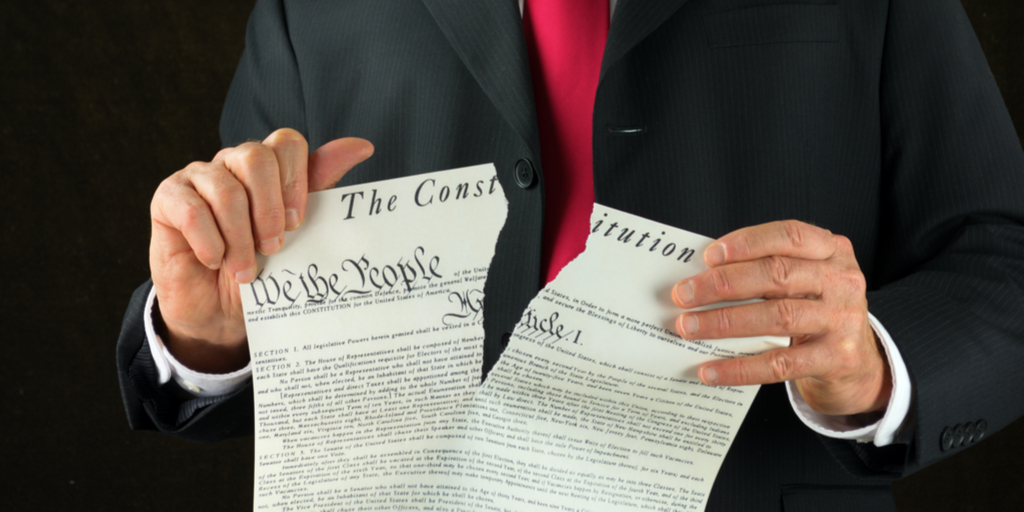The Attack on Constitutional Norms: The Case of the Supreme Court
People often assume that most bad things are unconstitutional, but that is not true. Instead, many bad things are prohibited by norms that are not part of the Constitution.
The importance of constitutional norms – that is, non-legal norms that concern constitutional institutions – is illustrated by some recent controversies concerning the Supreme Court.
One of the most serious violations of a constitutional norm is that of court packing. For many years, Franklin Roosevelt’s court-packing plan was seen as one of his greatest blemishes. Today, Democrats are again talking seriously about court packing. Yet, whatever else one says about it, court packing is constitutional. Nothing in the Constitution prohibits Congress from changing the number of Justices on the Court. But the Court obviously does not function as it is supposed to if Congress can change the number of Justices to change the composition of the Court.
Another serious violation of constitutional norms is the refusal to vote on Supreme Court nominees. It has long been thought to be reasonable not to vote on a nominee in the latter part of a presidential election year. Exactly how late is hard to say. The refusal to vote on Merrick Garland’s nomination to fill the vacancy created by Scalia’s death in February of 2016 appeared to be an extension of that traditional norm. (Of course, it is not clear how much that norm was still in existence. Republicans argued that Democrats would not have voted on a Republican nominee if the positions were reversed and some Democrats agreed with them.)
It is now widely thought that if the Democrats retake control of the Senate in November that they will not vote on anyone President Trump nominates for a Supreme Court vacancy. This would keep the vacancy open for two years—and that, of course, could be extended to longer periods.
While leaving Supreme Court vacancies unfilled violates an important norm, it too is probably constitutional. There is nothing in the Constitution that requires the Senate to vote on nominees. Nonetheless, the Supreme Court will not function as it should if vacancies are left unfilled.
With our norms under attack, the obvious question is how to support them in this era of political polarization. One possible solution is for some centrists from both parties to compromise in order the support the norms. That is what happened in the past concerning the filibustering of lower court nominees. With the Democrats filibustering George Bush’s circuit court nominees, a gang of 14 centrist Senators, 7 from each party, reached an agreement in 2005 that said that the filibuster would not be used except in “extraordinary circumstances.”
The agreement was important. It saved the power to filibuster lower court nominees by an agreement to use that power only in exceptional situations. In fact, Brett Kavanaugh was confirmed as a D.C. Circuit judge as a result of that compromise.
This shows how a compromise by the center can reestablish a norm. But the compromise did not last forever, and in 2013 Senate Majority Leader Harry Reid led the Democrats to abolish the filibuster for lower court nominees through the nuclear option.
How then to reestablish our norms? One way is to have centrists, who are less enthusiastic about the actions of the more extreme members of their party, join together in support of the norms. While this method can sometimes work, it may not be enough to save many of our norms.



